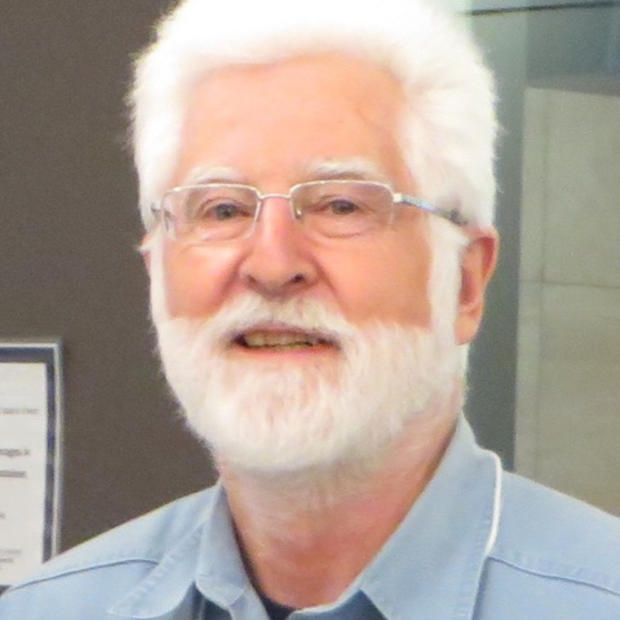Gov. Gregoire's' bold new proposals for an integrated education department? Great in concept (in fact, much needed). Hard to do. Even harder to insure better results than we're getting now.
That's how I'd summarize Gov. Gregoire's proposal to replace the various boards of education with a cabinet-level Department of Education.
First, the need: Sure, the state Board of Community and Technical Colleges, the Higher Education Coordinating Board, and the Board of Education for K-12 schools — not to mention the entire Office of the Superintendent of Public Instruction whose incumbent has already acquitted himself poorly in this debate — all these bodies represent separate silos and have a tough time making their goals and systems fit together. Worse though, they're also creaky and inefficient, a poor system for making (or changing) policy. (The proposed new department would also absorb the recently created Department of Early Learning which already reports to the governor.)
Sci-Fi fans will remember that in Dune Frank Herbert created a “Bureau of Sabotage” within government to make sure that governing was ineffective. Washington's boards governing education are well-designed to play that role.
In Dune government action was the greater danger; our Tea Partiers agree, though they won't be the only voices decrying Gregoire's plan. The status quo offers everyone, teachers unions, community college and university managements, and local school boards, the comforting security of knowing just exactly where they fit, what powers they have, and what jobs and patronage they control. Change of this magnitude threatens them all.
But if the need is there, will this plan produce the desired results? The governor's plan offers great possibilities for structural change up and down the pre-k—college continuum. Just a couple of examples. Right now, there's conflict over which institution gets what share of state money when an advanced high school student takes course at community college in the Running Start program. (Yes, there's a formula, but who's happy with it?)
Then there's data showing that students who enter community colleges and then transfer to the universities graduate at a higher rate than kids who matriculate directly to the big four-year schools. Given that information, a policy that shifts matriculation to community colleges where students can prove themselves ready for universities and after two years transfer would make better use of the limited places at the universities. They would be enrolling a higher percentage of students actually likely to graduate.
Gregoire's plan would facilitate changes like those, something she was getting at with her “launch year” idea for high school seniors."We must require our schools to offer more rigorous and relevant courses to seniors — whether they are hands-on classes that bring students closer to a technical certificate, or advanced courses that lead to college credit," Gregoire said in her news release.
But that kind of statement isn't new. It touches on the kinds of outcomes that are by no means guaranteed by a change in school governance, no matter how sweeping. How many reform plans over how many years have said the obvious: We must have “more rigorous and relevant courses”? And how much has really changed?
It's a long tough, road. Good luck, Governor.



